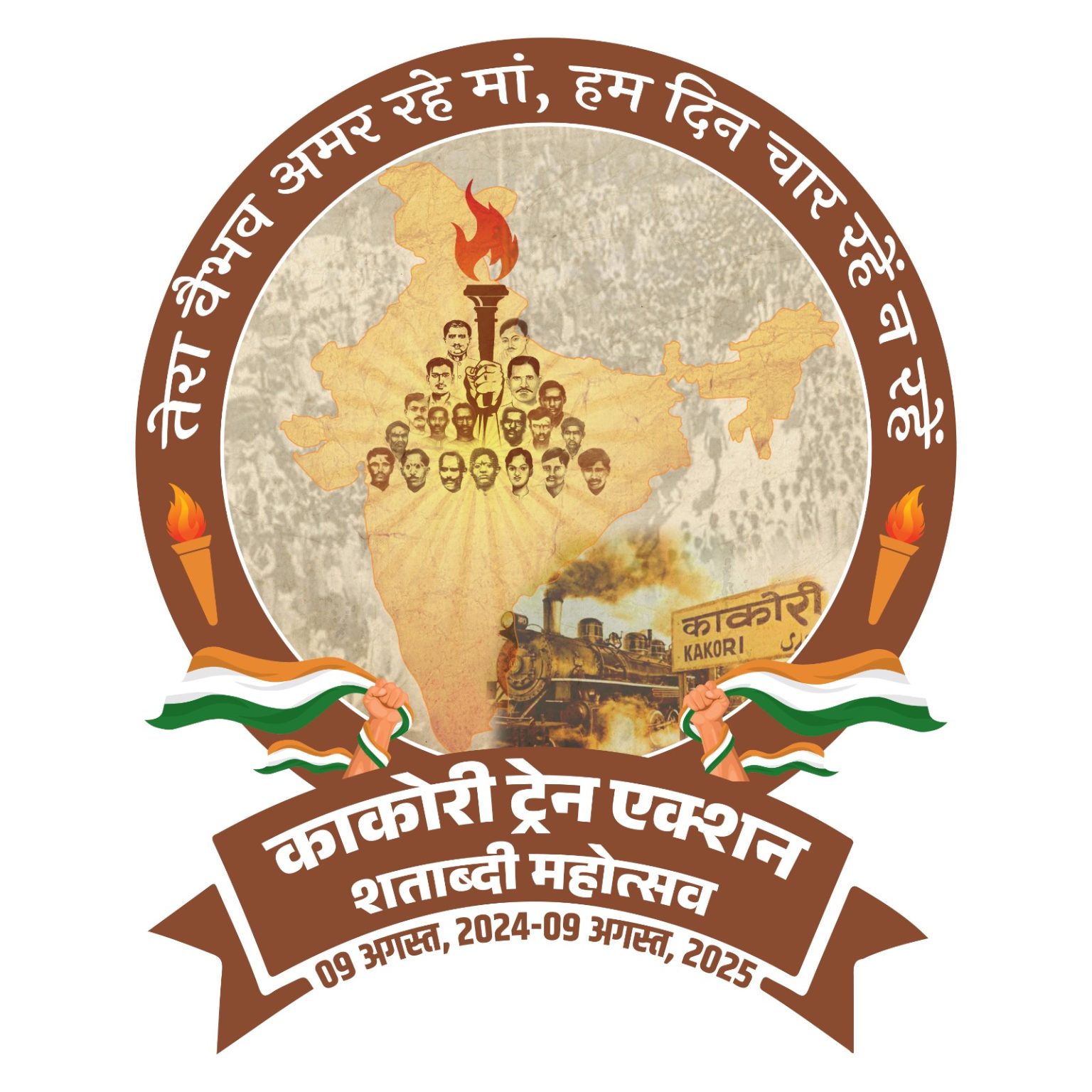History
History of Balarampur District
The territory of present Balrampur district covers a neighborhood of the traditional Kosala kingdom. Shravasti was the capital of Uttara (North) Kosala. Towards the Rapti River, to a small degree north of Sahet, traditional town of Mahet lies. The fortified entrance to Mahet is made up of mud, created in an exceedingly stunning form of crescent. The Sobhnath temple homes the good Stupas. The presence of ‘Stupas’ justify the presence of Buddhist in the district and boast the history of the monasteries in Balrampur.
One of the oldest monastery among the country, Jeetavana monastery, is claimed to be one among the favorites sites of Gautam Buddha. The inscriptions of the monasteries are said to be of 12th century. The place, thus uses to hold religious importance. Emperor Ashoka, the great, also visited this site. There is also a sacred peepal tree nearby which is believed to be grown from saplings of the first Bodhi tree of Both Gaya.
Gautam Buddha spent twenty one rainy season below the sacred Peepal tree. There is a famous story of Angulimal Dacoit. The incident of Angulimal happened within the forest of Sravasti solely, where Gautam Buddha enlightened the cruel dacoit who used to kill folks and wear a garland of their fingers.
Another site of spiritual importance within the town is Sravasti. It is believed that Mahavira Jain,twenty fourth Tirthankara of Jainism, ‘influenced’ this place. The place also homes the famous Shwetambar temple.
During the Mughal rule the area lined by the district was a neighborhood of Bahraich Sarkar of Awadh. Later, it came below the management of the ruler of Awadh until it was captured in February, 1856, by the British government. Gonda was separated by British government from Bahraich and it became a neighborhood of Gonda.
After independence, Balrampur estate was merged with Utraula tehsil of Gonda district.
On 1st July, 1953 the tehsil of Uttraulla was bifurcated into two tehsils, Utraula and Balrampur. In 1987 three new tehsils were created from Gonda Sadar tehsil, Tulsipur, Mankapur and Colonelganj. Later on, in 1997 Gonda district was bifurcated into two parts and a new district, Balrampur was born consisting of three tehsils of the northern part Balrampur district, Gonda and Utraula, and Tulsipur.
Infrastructure of Balarampur
The major occupation of the area is agriculture. In the north of the district is situated the Shivalik ranges of the Himalyas which is called Tarai Region. There are nine forest revenue villages. Main trees are viz.Sagvan, shakhu and Khair.
There are two sugar mills situated in Balrampur and Tulsipur. Under it there are three cane Societies in Balrampur, Utraula and Tulsipur. There is also a Distillery too established in Balrampur. Four Mandi Societies are situated in Balrampur, Tulsipur and Pachperwa, Leaving Utraula the rest of Mandi Societies are situated in Mandi Parisad.
Tourist Places
Balrampur is famous for temple of Pateshwari Devi, a Shakti Pitha of Hindu religion. An ancient city of Mahet is a interesting place to visit. The great stupas are located in Sobhnath temple. There are some more pilgrimage sites of Jain and Buddhist religion in Balrampur and nearby.
How to Reach Balrampur
By Air: The nearest major airport is in Nepal viz. Nepalgunj Airport. Nepal is just 129 Km from the centre of Balrampur. Another major airport is Amausi Airport in Lucknow India which is 193 Km from Balrampur.
By Rail: Balrampur Railway Station is on the Gonda-Gorakhpur line of North Eastern Railways. It situated 19 km from Shravasti. Traveling north-west, Gonda Junction Railway Station is the nearest station and going east, Naugarh is the next station.
By Road: Balrampur is located about 160 Kilometers from the state capital Lucknow. The Balrampur city is connected to Lucknow through state highway 1A. UPTC, Uttar Pradesh State Road Transport Corporation buses are available from Kaiserbagh Bus Station (Lucknow) frequently.
Distance Chart
Basti 100Km
Siddharth nagar 125Km
Gonda 42 Km
Shravasti 57Km
Delhi 611Km



